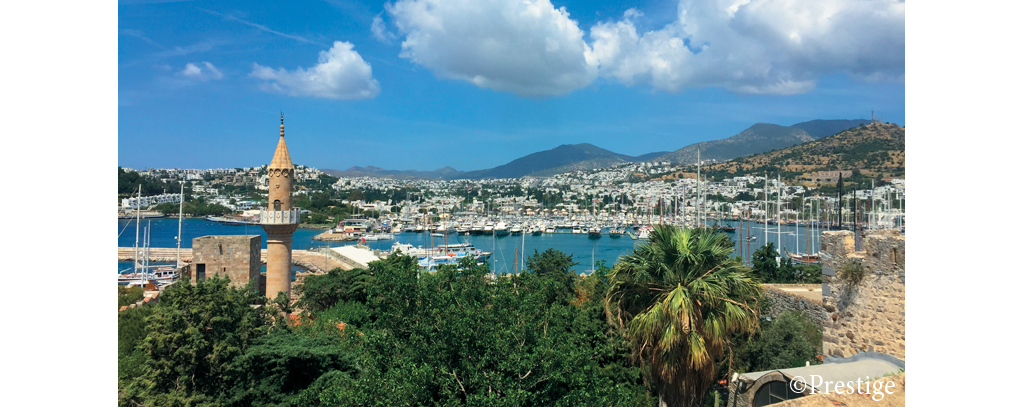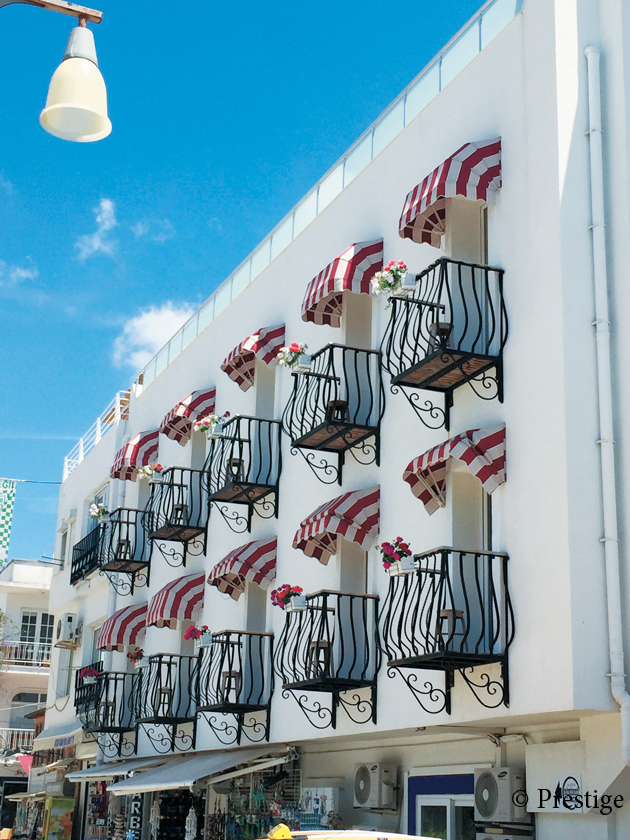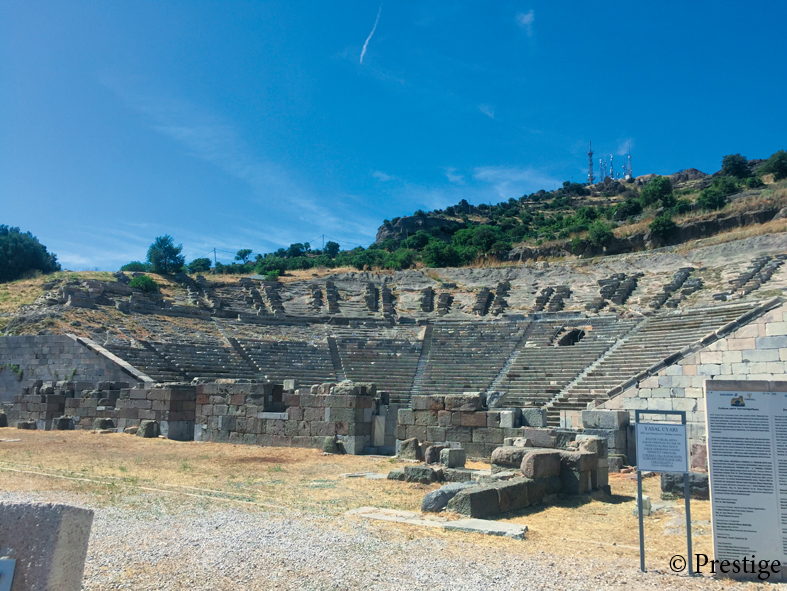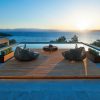Prestige issue 284, June 2017
Village of Sponge fishers transformed into a highly touristic spot
Pearl of the Aegean coast, Turkish Saint-Tropez with white-washed terraced houses on a turquoise-blue sea, Bodrum, the city of 650 km2 and 88,000 inhabitants, located in south-western Turkey, is today a touristic destination coming out of a dream. Much valued by the tourists, it extends over two bays separated by the magnificent Saint-Pierre castle, with a pedestrian zone of beaches to the east, and to the west the marina from where one can go to nearby beaches. For centuries, Bodrum was an unknown sponge fishing village with a population of only 2,000 inhabitants. Founded in the 1st millennium BC. by the Greeks under the name of Halicarnassus, it passed in 546 BC. under Persian rule and knew its golden age under the reign of Mausole. In 334, Alexander the Great conquered the city and after his death, the city was under Greco-Roman rule and then devastated by the Arabs who had invaded Anatolia. In 1402, the Knights of St. John built the Fort of St. Peter dedicated to their patron saint and baptized the city Petronium, originally the Greek name of Bodrum. In 1522 they abandoned the city to the Ottoman Empire, without fighting the Sultan Soliman the Magnificent. Over the years, Bodrum was a place of refuge for artists and marginalized people before becoming this tourist attraction. History and beauty in this escapade on the Turkish Riviera.
Castle Saint-Pierre
Imposing. Seven gates, five towers, 249 coats of arms on its walls and sixteen others in the museum garden, fourteen cisterns! Built in the XVth century on an almost square plane, 180x185m, this medieval castle in the heart of Bodrum is one of the main tourist attractions of the city. Located on a rocky peninsula surrounded on three sides by the Aegean Sea, between two ports, the castle is bristling with five towers: English, Italian, German, snake tower and French tower, the highest, culminating at 47.5m altitude. With a marvelous Andalusian garden and a chapel, it was built between 1402 and 1503 by the knights of the Order of Saint John, military monastic order called also hospitable knights of St. John of Jerusalem then Knights of Rhodes And finally knights of Malta. At the entrance, a large collection of amphoras are lined up next to each other and accompanied by detailed notes on their manufacture and use. In the 1960s, the government set up the Museum of Underwater Archeology inside the castle, one of the most beautiful museums in the world.

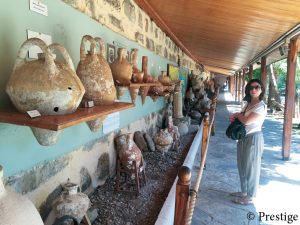
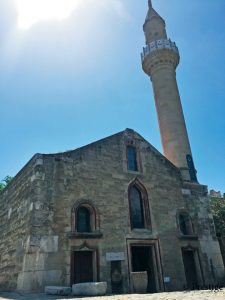
The Amphitheater
The ancient theater of Bodrum, one of the oldest in Anatolia, dates from the reign of Mausolos, enjoys breathtaking views of Bodrum and the castle. From Hellenic origin and restored in Roman times, the ancient theater consists of three main sections: the skene, a stage building, an orchestra larger than a semicircle, the base of which would have been paved with marble and the Cavea, stands for the spectators carved on a supple base on the slope of the hill. The cavea is divided into two sections: the meania high and low. Twelve vertical staircases divide the low meania into eleven parts. Most of the tiers of the upper meania have disappeared. Offering 40cm of space per person, the theater had a capacity of 13,000 spectators. The galleries visible under the higher meania prevented the water from accumulating in the theater. In front of the first row of terraces is an altar where offerings were made to the god of wine Dionysus before the beginning of the performances. Between the altar and the first row there were two rows of balustrades to protect the spectators from the gladiatorial and wild-animal fights. Fragments of the balustrade panels still remain.
The Market or Bazaar
Founded on an ancient city, the modern city of Bodrum attracts tourists from all over the world with its characteristic architecture, mandarin gardens, yachts, welcoming locals and bazaar. Hundreds of yachts transport travelers along the Aegean coast to admire the beauty of nature and make them taste all the fresh produce of the sea, including fish soup and octopus salad. Carpets, Karaova or Milas, naturally dyed, attract customers. Similarly handmade copper sandals are very popular with tourists.
Mausoleum of Halicarnassus
For Herodotus the Greek, the father of history native of Halicarnassus, the mausoleum, built in 352 BC. is one of the Seven Wonders of the Ancient World. He was right. Its builder, King Mausole, is the heir of an old Carnian dynasty, governing in the name of the Persians under the title of Satrape. Transferring the capital of Mysala to Halicarnassus, he made of it a magnificent city which knew its golden age. After his death in 354 BC, his wife and sister Artemis succeeded him and watched over the completion of the mausoleum. Discovered in the XIXth century by archaeologists, the bas-reliefs and colossal statues of Mausole and Artémise are exhibited at the British Museum in London.


